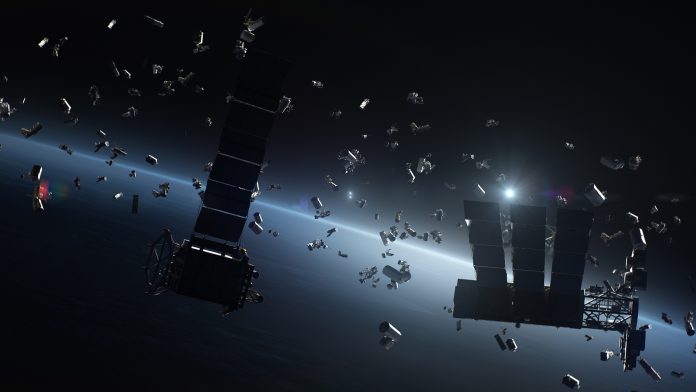CU Aerospace is preparing to launch a series of innovative micropropulsion systems for flight on satellites in the near future.
Champaign-Urbana Aerospace (CUA) has developed multiple innovative micropropulsion systems for future integration and flight on micro- and nano-satellites (also called CubeSats). The CUA family of micropropulsion systems provide a broad range of capabilities, from high thrust to high specific impulse, to best suit the customer’s needs.
Advantages of onboard propulsion include collision avoidance, orbit raising and lowering, inclination change, rendezvous, drag makeup and orbit maintenance, and deorbiting end-of-life satellites. Collision avoidance and deorbiting satellites dramatically help to avoid the escalation of the growing orbital debris problem. The ability to deorbit reasonably quickly is now of immediate impact due to a recent rule change by the United States Federal Communications Commission (FCC) to adopt a new ‘five-year rule’ for deorbiting satellites that supersedes the decades-old ‘25-year rule’ from low Earth orbital altitudes of 2,000km or less.
Fibre-fed pulsed plasma thruster (FPPT)
CUA’s newest flight system, the fibre-fed pulsed plasma thruster (FPPT), vaporises Teflon and accelerates the resulting ions using a high-energy eight-microsecond pulse, providing a very high specific impulse of 3,200 s. The Teflon fibre is spooled in a racetrack configuration in the back of the package and fed into the micropropulsion system’s centre. The high specific impulse and total impulse are competitive with Hall and ion-thruster technologies at much lower cost and without the need for a pressurised propellant tank. The system also includes electromagnetic thrust vectoring (steering) of approximately ±10 degrees in the pitch and yaw axes. The FPPT, through its electromagnetic short-pulse discharge, provides a dramatic increase in total impulse to > 25,000 N-s in a 1.7L-sized package. FPPT technology is a compelling option to meet many micropropulsion needs, including extended orbital manoeuvres (orbit raising and lowering), inclination change, collision avoidance manoeuvres, drag makeup, deorbiting, and even deep space capability.

Monofilament Vaporisation Propulsion (MVP)
The Monofilament Vaporization Propulsion (MVP) system draws from extrusion 3D printer technology to feed and melt Delrin fibre propellant (a common polymer). MVP then uses a low-power resistojet to vaporise the Delrin propellant and provide continuous electrothermal thrust with a specific impulse of 66 s. The Delrin fibre is spooled in a cylindrical configuration surrounding a core containing all the electronics inside the package. This technology retains performance characteristics competitive with other warm gas systems, but enables more accessibility to micropropulsion via dramatically reduced cost and the elimination of range safety concerns. A 1L-sized MVP has a total impulse of 280 N-s and is a compelling option to meet many micropropulsion needs, including collision avoidance manoeuvres, limited orbit raising/lowering, drag makeup, and deorbiting.

Dual Propulsion Experiment (DUPLEX) CubeSat: Two-for-one flight demonstrator
NASA’s Space Technology Mission Directorate (STMD) has funded CUA for the design, fabrication, launch and in-space demonstration of the Dual Propulsion Experiment (DUPLEX) CubeSat (see Fig. 3). DUPLEX is a 6L-sized satellite that will test CUA’s innovative FPPT and MVP micropropulsion technologies in space to provide flight heritage for these systems. The launch of the DUPLEX spacecraft will be manifested in the first half of 2023. The DUPLEX flight demonstration will significantly lower the risk for future customers of the MVP and FPPT micropropulsion systems and raise the Technology Readiness Level (TRL) of these innovative thruster technologies.

Future vision
CUA’s developing family of micropropulsion systems will help the industry to provide a responsible and sustainable space environment in which the growing number of satellites can safely coexist. The CUA family of high-value (quality performance at reduced cost) system options provide a broad range of capabilities to best suit differing customer mission needs. Further, affordable propulsion options will enable future satellites to perform collision avoidance and deorbiting manoeuvres to impede the escalation of the growing orbital debris problem.








